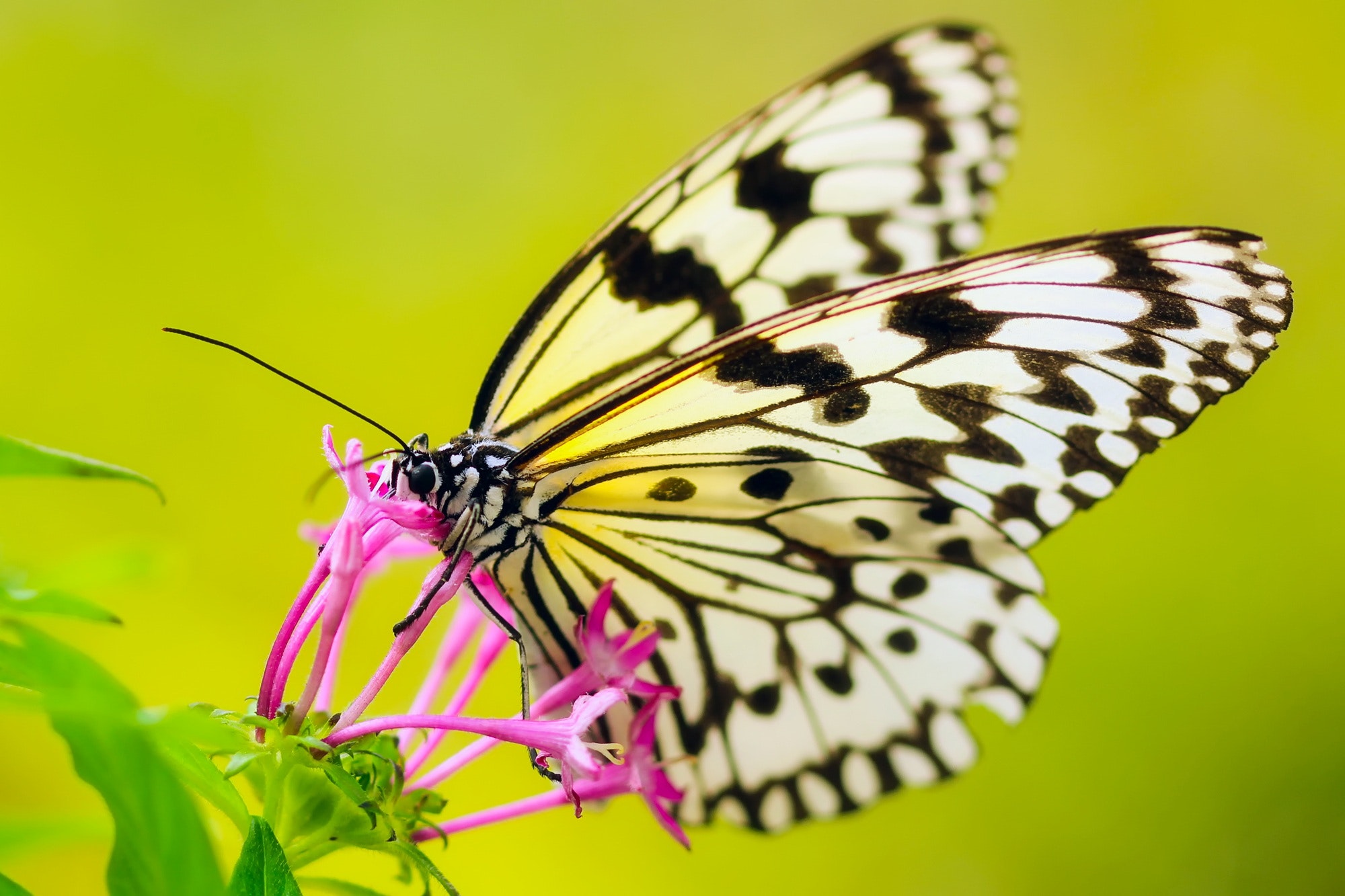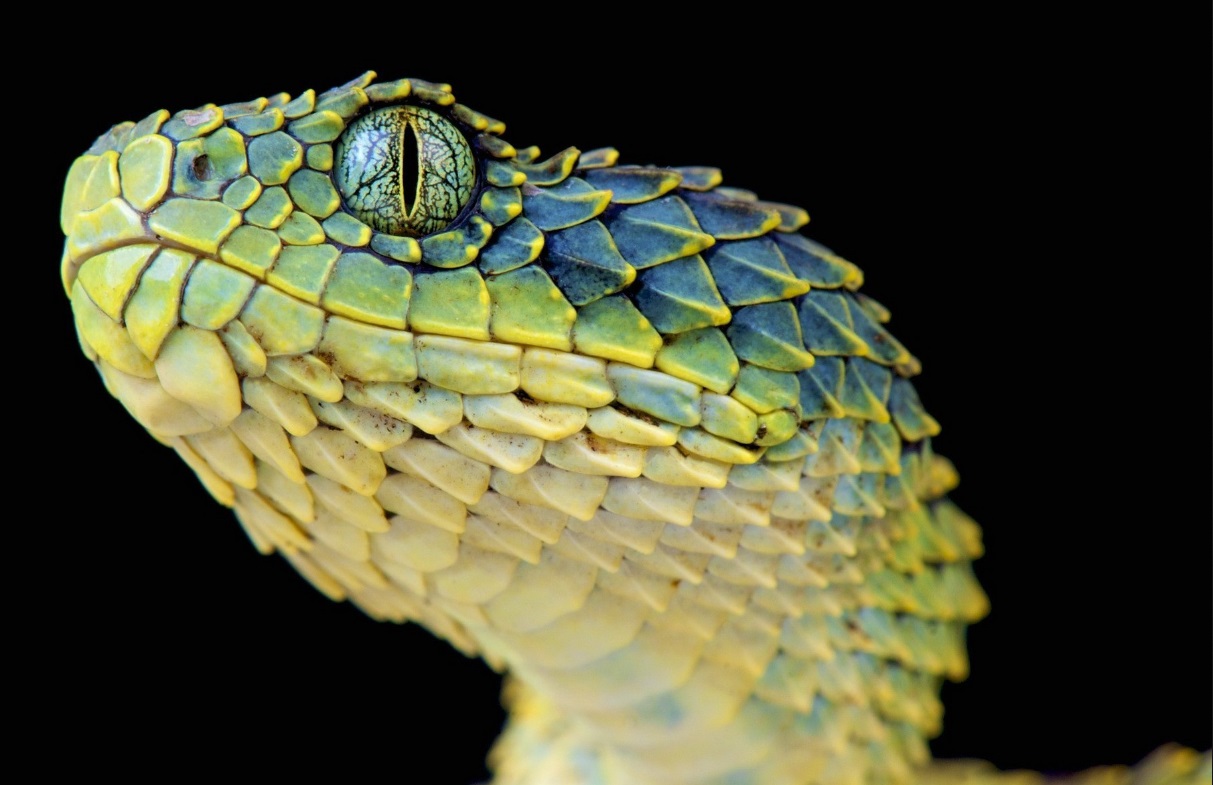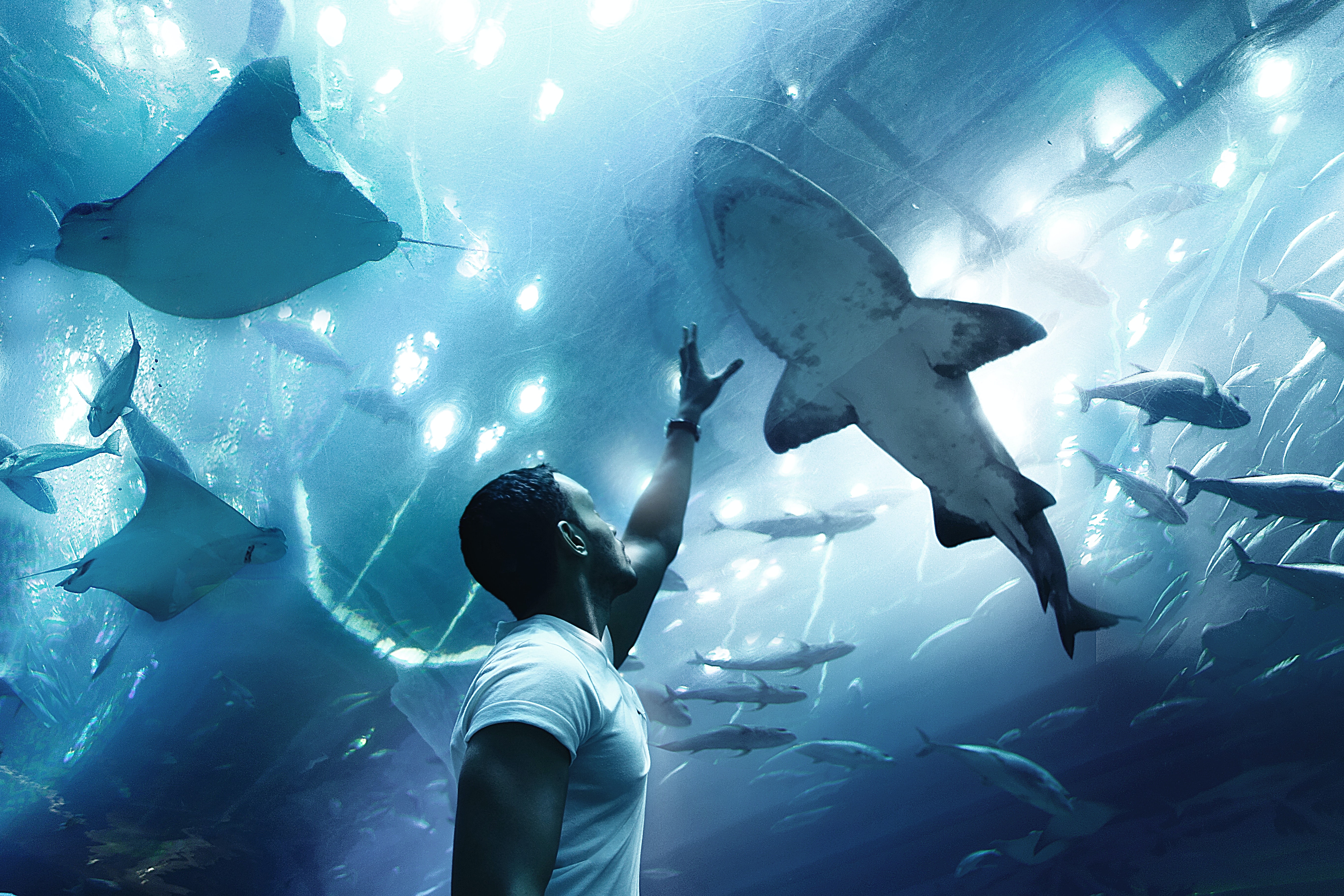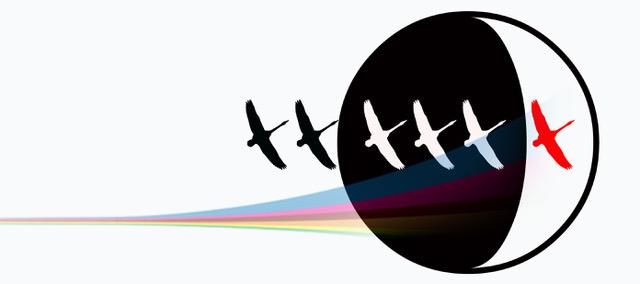Photo Sciences
Department
The Photo Sciences department serves as the knowledge foundation for ZLI.
Without scientific attention to light, wildlife conservation is impossible and animal care is lacking.
The Importance of Light for Life
Light is vital to all life, and every animal on the planet. Without accounting for light, it is impossible to care for living things and the environments that they create properly.
Data-driven measurements are crucial to understand and assess light, and neither wildlife conservation nor animal welfare initiatives are complete without measuring light appropriately. To achieve appropriate metrics across a full range of relevant subjects, ZLI offers a ‘Framework’ to organize photobiology.
Proper metrics for light and life are not an easy factor to determine. Light has shape, qualities and intensities that matter to living things in different ways. A good rule of thumb is to think of light in terms of photons counts over time, and to allow an indigenous natural luminous habitat to guide decisions as to what light might be appropriate for an organism at a given time.
The ZLI Framework™
Our framework splits research into dedicated categories. Each category has a few general sub-divisions. Each of these fields has many advocates, participants and protocols. To make things easier, we refer researchers interested in applying for a scholarship or seeking information to begin with the following truncated references. We divide and fund the Sciences of Light and Life through:

Photo-physiology
Light creates organic changes in the physiology and functioning of an animal’s body, including the human.
Organic (Photo-)Physics (Biophysics):
This field examines living things from the standpoint of physics, focusing on electromagnetic fields and photon interactions within a body. It also explores the internal relationships of light related to development and health.
Organic (Photo-)Chemistry:
This field looks to the role of light in affecting physical processes in a living body through the lenses of the substances impacted by it. It also identifies key internal biological functions and, in particular, endocrinology.
Bioluminescence:
No organism is independent of others. This field looks to the role of light in connecting one organism to another, and the processes engaged by individuals through light.

Sensory Ecology
Animals use light to locate objects, navigate, map territories and interact with each other.
Animal Eyes:
This field examines animal ‘perception’ through a study of their eyes and similar photoreceptors. It also highlights how different animals actively engage with their environments.
Animal Coloration:
Studies that relate the production, sequestering or structural arrangement of pigment, and the roles of ‘color’ in animal welfare/conservation. It also explores natural selection and fitness factors in Sensory Ecology, and optical phenomena associated with organic functioning.
Cross-Sensory Ecology:
This field examines holistic relationships of spatial mapping and indicative behaviors related to and broadening out from visual ecology.
Learn More
Integrative Photo-Biology
Natural light helps to distribute animals in time and space, creating more robust and resilient environments. This field is important for epidemiology, community resourcing (food chains), and phenological questions of fitness.
Temporal Layering (Phenology):
This field examines the chrono-ecology of animal life, and its relationships to natural light cycles.
Spatial Distribution (Community Resources):
This sub-division relates to the relative spatial attraction or repulsion of a species or animal to a natural or unusual light source and, its effects upon overall ecological fitness.
Epidemiology:
This sub-division relates to the effects of light (natural or artificial) on animals related to disease propagation and transmission.
Learn MoreZLI Photo Sciences Research Grants
ZLI Grants In Aid of Research (GIAR)
The Zoological Lighting Institute (ZLI) now offers annual grant opportunities for early-career researchers focused on studying the importance of light conditions on organisms. ZLI offers twelve $500 grants across each of its three core research areas, adding a special award to encourage inclusion and diversity within the sciences. These grants and others like them are necessary, as natural light is arguably the most important environmental factor for animals and ecosystems. Please apply today, or consider financially supporting ZLI in its mission to support science through the arts for animal welfare and wildlife conservation.
Applications are accepted by providing information following these guidelines: ZLI 2020 GIAR Application Instructions. The application deadline for this year’s cycle was 1 July 2020.
Please contact us if you are interested in applying for our next funding opportunity, or if you would like to help fund a research grant!
Research Grants
Become a Member
ZLI Individual and Organizational Memberships
We offer three levels of memberships for like-minded individuals and organizations to join our global community. Members enjoy a wide range of benefits including:
- Fund a Grants in Aid of Research (GIAR)
- ZLI Peer-to Peer Fundraising Network
- ZLI Community Group Page Inclusion
- High School Scholarship Programs for One School
- ZLI Postdoc Positions
- ‘Brought to You By’ GIAR, Scholarship Program and Postdoc Naming Rights
- Free Access to all ZLI Webinars
Every Purchase Helps Fund ZLI
Natural Light is vital for to all living things, yet instruments are necessary to measure it properly. Spectrometers, Solar PathFinders and Sky Quality Meters improve animal husbandry, and help to protect community environments from the devastating effects of artificial light at night.
As a Nonprofit, we offer products at comparable retail cost to our members, encouraging photometric data collection for all serious animal husbandry, biological, ecological and architectural work.
Every purchase helps to fund grants within the ZLI mission, to improve the lives of animals and the health of our environments. All product acquisition through ZLI is accompanied by in-house support services, in accord with mission. All kits can also be tailored to specific applications, for both terrestrial and aquatic research and monitoring. All products are accompanied by in-house and manufacturer support services.
Remember, you can also donate a Photometry Kit to an institution or organization of your choice. Such generosity advances the care of animals and the health of our environment directly, by empowering people to help themselves through science.
Shop and Support the Cause
Our environment needs us, and we need you
We welcome you to become part of our global community of grant recipients, donors, partners, sponsors, and other supporters. Together, we can shape the future today!
Support the Cause
Our work would not be possible without the generous donations from people like you who share our vision of a more innovative and creative future.
Give Now
Join the Team
Become part of our global community of staff, advisors, interns and volunteers. Together, we can shape the future today!
Sponsor Us
We are always looking for philanthropic corporations and other sponsors who want to help us expand our impact through mutually beneficial partnerships.
Partner with Us
We are always looking for like-minded partners who want to work together to double our impact.
Natural light is essential to all life
Let's light up the scientific path towards a brighter future!


